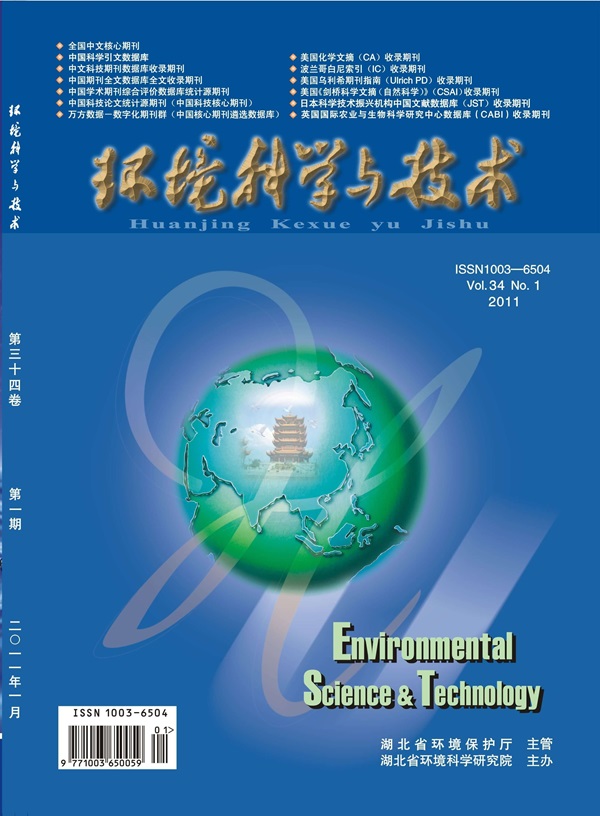Toilet Bowl Cleaning Tablets as Sources of Chlorine, Bromine, and Disinfection Byproducts in Wastewater
IF 10.8
1区 环境科学与生态学
Q1 ENGINEERING, ENVIRONMENTAL
引用次数: 0
Abstract
Commercial toilet bowl cleaning tablets were examined in laboratory systems to characterize their release of active halogens and their potential to form trihalomethanes (THMs) when combined with synthetic sewage. Active halogens (e.g., HOCl, HOBr, and reactive halamines) were quantified via derivatization with 1,3,5-trimethoxybenzene prior to analysis by liquid chromatography. The effects of several variables on halogen release profiles were examined, including pH, ionic strength, temperature, tank solution volume, flushing frequency, and tablet brand. Changes in pH resulted in modest or no appreciable changes in halogen release profiles. Release of active halogens increased as ionic strength decreased and as temperature increased. Tank volume, flushing frequency, and tablet brand had pronounced impacts on halogen release profiles. Maximum measured active chlorine and bromine concentrations in toilet tank water were 189 mg/L as Cl2 and 164 mg/L as Cl2, respectively. Active halogens persisted in toilet bowl water for >24 h. When toilet-tablet-treated water was combined with synthetic sewage, THMs formed at up to 219 ppb with bromine incorporation factors up to 2.86. Active halogens and highly brominated THMs released into wastewater from toilet tablets could have implications for downstream microbial ecology, septic system performance, and overall water quality.

求助全文
约1分钟内获得全文
求助全文
来源期刊

环境科学与技术
环境科学-工程:环境
CiteScore
17.50
自引率
9.60%
发文量
12359
审稿时长
2.8 months
期刊介绍:
Environmental Science & Technology (ES&T) is a co-sponsored academic and technical magazine by the Hubei Provincial Environmental Protection Bureau and the Hubei Provincial Academy of Environmental Sciences.
Environmental Science & Technology (ES&T) holds the status of Chinese core journals, scientific papers source journals of China, Chinese Science Citation Database source journals, and Chinese Academic Journal Comprehensive Evaluation Database source journals. This publication focuses on the academic field of environmental protection, featuring articles related to environmental protection and technical advancements.
 求助内容:
求助内容: 应助结果提醒方式:
应助结果提醒方式:


